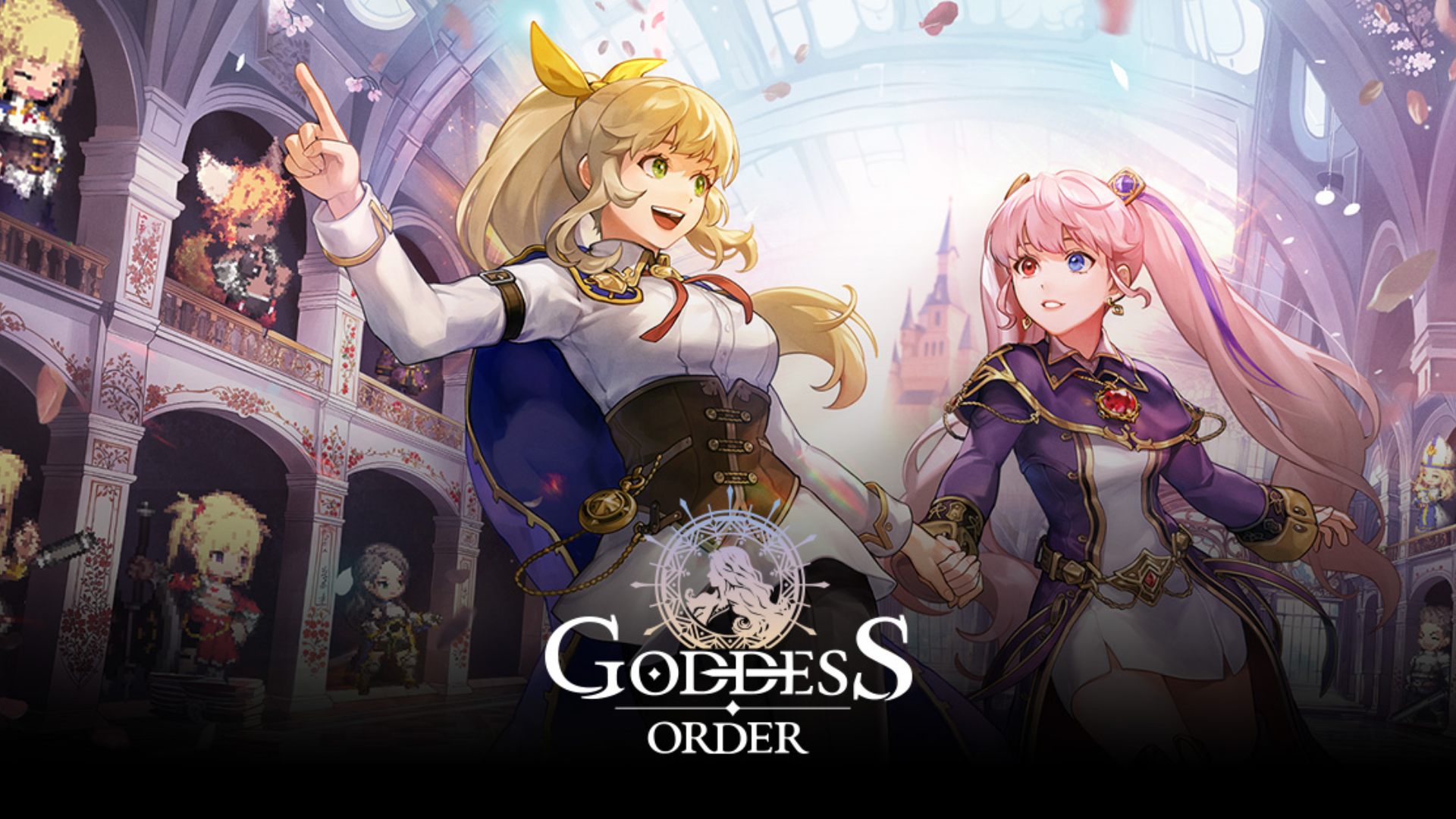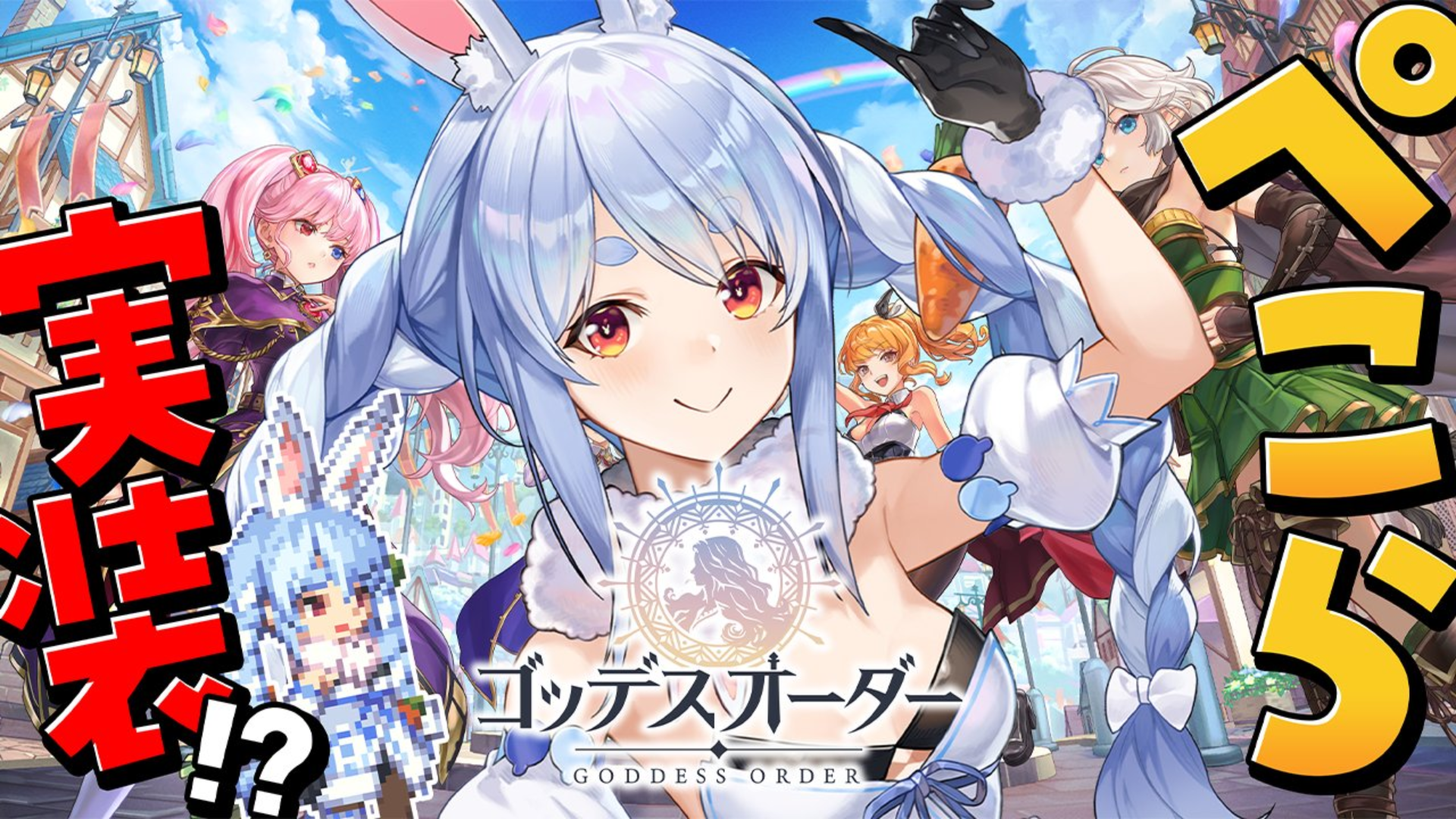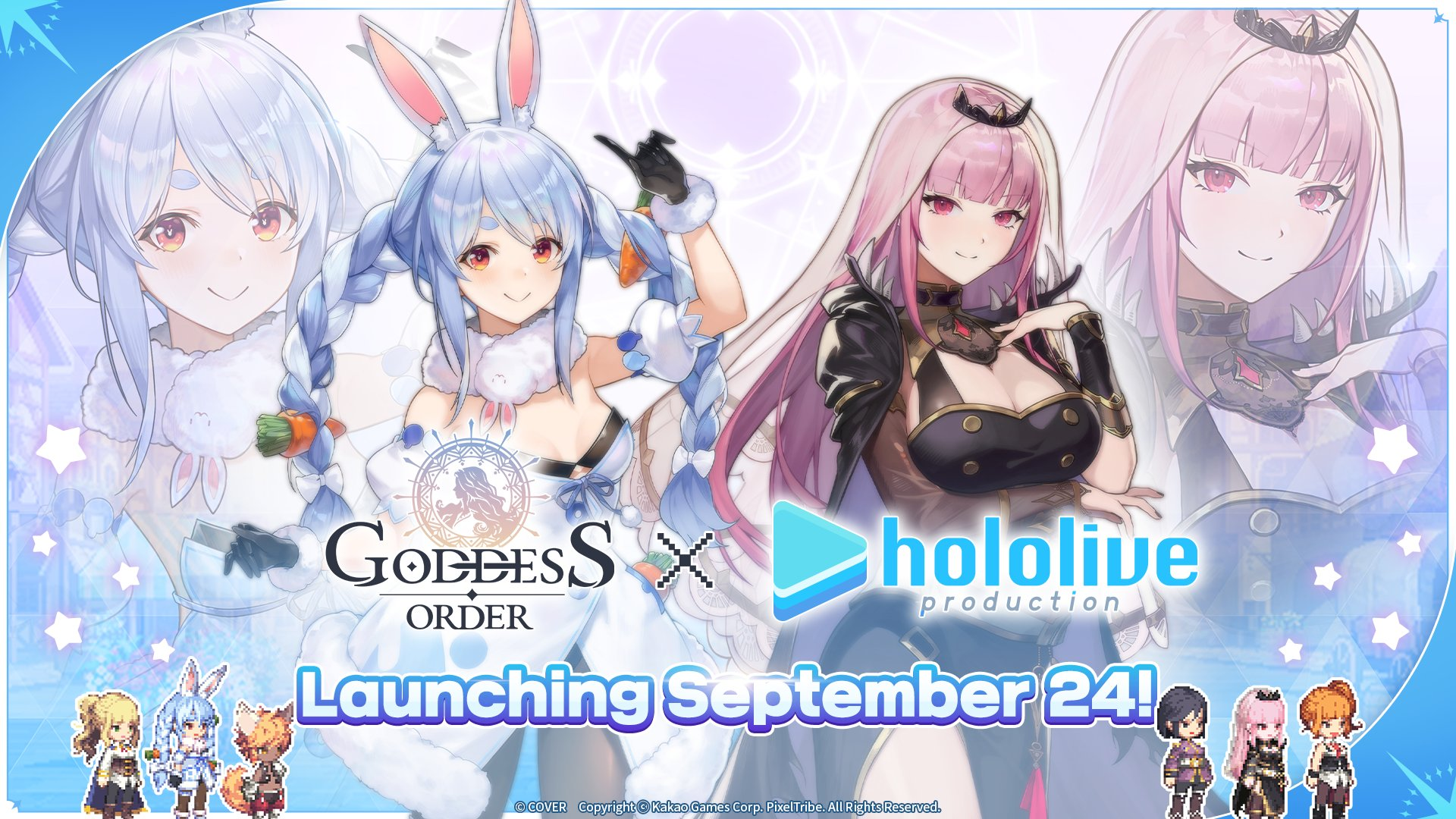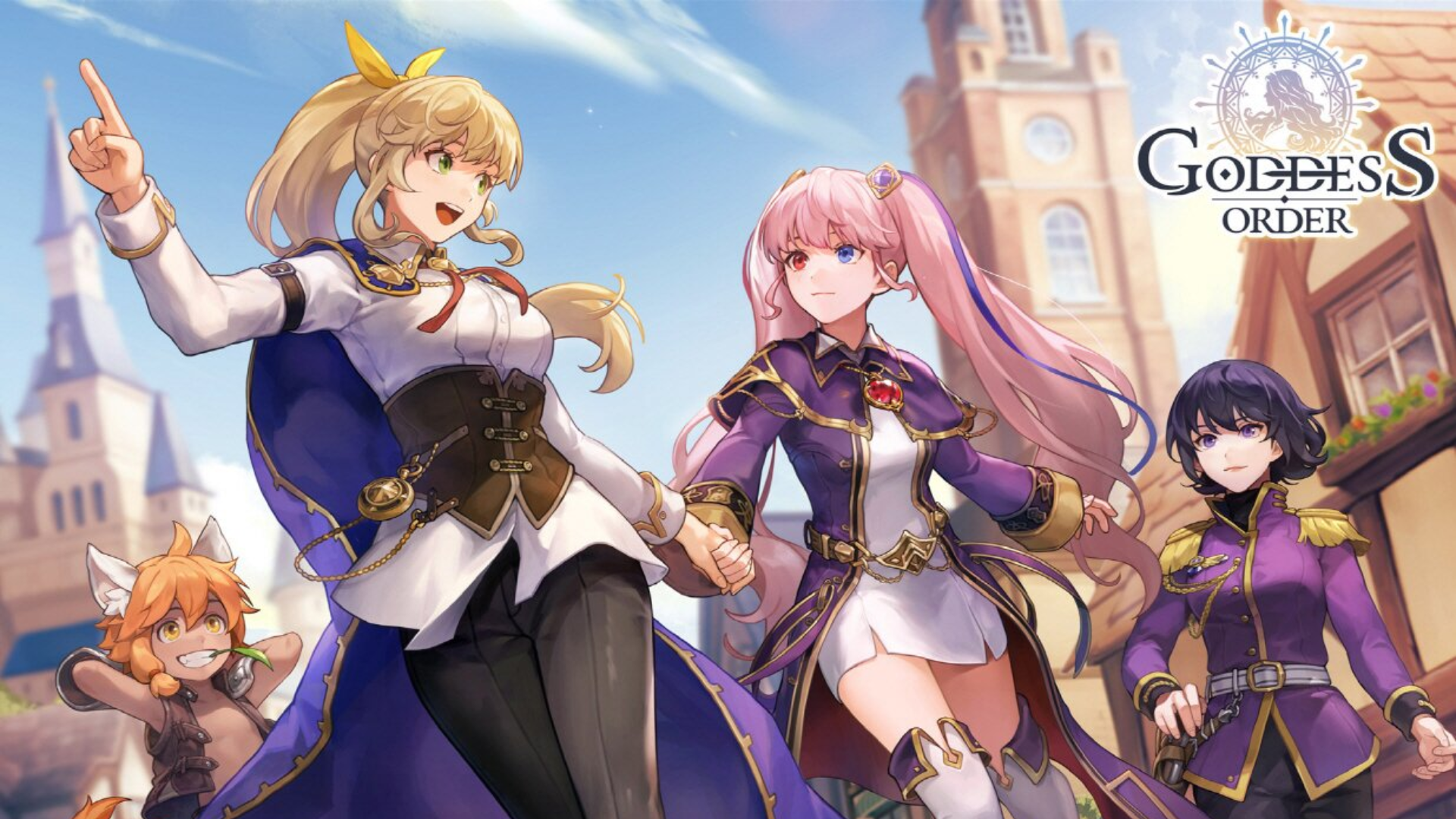Goddess Order PvP Guide: Best Arena Teams and Strategies to Dominate
Arena combat in Goddess Order demands entirely different strategies compared to PvE content, with fast burst windows, precise parry timing, and explosive combos determining victory within seconds rather than sustained damage grinding through marathon encounters. Unlike story missions where healers and defensive utility enable survival through extended boss fights, competitive PvP rewards aggressive elimination tactics through crowd control, invincibility frame abuse, and multiplier-heavy characters who delete opponents before they execute their own combos. This comprehensive guide covers the meta team compositions, essential combat strategies, character building priorities, and tactical approaches that separate arena champions from lower-tier competitors.
PvP vs PvE: Understanding the Fundamental Differences
PvP combat in Goddess Order emphasizes burst damage windows, parry timing, invincibility skills, and quick combo execution rather than sustained DPS and healing rotations. Arena matches typically last 30-60 seconds, creating an environment where the first team to land a successful combo often wins before opponents can respond. This compressed timeframe renders burn damage-over-time effects largely ineffective compared to immediate high-multiplier burst skills that eliminate targets instantly.
Characters who dominate PvE through sustained pressure like Scarlet drop from S+ tier to A or B tier in competitive PvP because her burn-focused kit works better in longer encounters than short arena bursts. Conversely, Leticia rises to undisputed S+ tier status in PvP despite only maintaining S tier PvE performance, as her cloud-based Electric attacks deliver burst pressure that ends matches before defensive teams can stabilize.
Key PvP Mechanics
Understanding these fundamental mechanical differences prevents the common mistake of bringing identical teams to both game modes. Always build separate arena-focused compositions rather than attempting to use PvE story teams in competitive PvP.
S Tier PvP Characters
These elite knights dominate competitive arena combat through exceptional burst damage, crowd control, or defensive utility that wins matches consistently.
Leticia (Electric Slayer) – The Arena Queen
Leticia claims undisputed dominance as the best PvP character in Goddess Order, capable of single-handedly carrying teams through competitive ranks. Her signature cloud summons deal bonus Electric damage with multipliers that eliminate squishy damage dealers in 2-3 hits, ending matches before opponents execute defensive responses. The cloud-based attacks maintain consistent pressure throughout arena bouts while her energy-efficient kit allows constant offensive cycling without vulnerability windows.
Leticia’s burst damage excels against enemy heroes who lack the massive HP pools of PvE bosses, with her multipliers proving perfectly scaled for instant elimination tactics. Players facing maxed-out Leticia in arena matches often lose before completing their first combo rotation, as her opening burst removes 50-70% HP from most characters. She represents the single highest priority pull for competitive PvP climbers.
Build Priority: Focus CRIT DMG, ATK%, and Energy Regen. Equip 4× Archer set or 2× Marksman + 2× Archer for maximum burst potential.
Roan (Electric Breaker) – The Enabler
Roan functions as the premier PvP Breaker through stun mechanics, DEF reduction, and self-healing that creates burst windows for teammates. His electric-powered strikes stun enemies by depleting defense meters, locking opponents in place while Slayers like Leticia or Fenchela execute uncontested elimination combos. The DEF reduction debuff amplifies team damage by 20-30%, enabling coordinated bursts that delete targets in single rotation cycles.
His self-healing passive provides sustained frontline durability that allows him to tank opening enemy pressure while teammates position for counterattacks. Roan excels in the Electric Trio meta composition alongside Leticia and Violet, where all three characters activate Electric synergy bonuses that amplify damage multiplicatively.
Build Priority: ATK%, CRIT Rate (50-75%), Break DMG%. Use 2× Wolf + 2× Archer or 4× Marksman sets for balanced offense and control.
Fenchela (Wind Slayer) – The Assassin
Fenchela dominates one-on-one dueling scenarios through massive CRIT-scaling burst and dodge mechanics that avoid counterattacks. Her Hold Skill delivers exponentially-scaling damage during Triple Ultimate combinations, often eliminating full-HP targets in single rotation bursts. The dodge ability grants invincibility frames that allow her to evade enemy ultimates before retaliating with her own finisher combos.
Her precision-focused kit rewards skilled mechanical execution, making her a favorite among experienced PvP players who master timing windows. Unlike AoE-focused characters, Fenchela specializes in instant single-target elimination that removes the enemy’s strongest unit before they activate their win condition.
Build Priority: Maximize CRIT Rate to 85%+, stack CRIT DMG and ATK%. Equip 2× Wolf + 2× Archer or 4× Deer for burst optimization.
Meta PvP Team Compositions
Understanding synergistic team building for arena combat requires balancing burst damage, crowd control, and survivability.
Electric Trio (S+ Tier Meta)
Team: Leticia + Roan + Violet
This Electric synergy composition represents the dominant arena meta, overwhelming opponents through triple-element damage bonuses and coordinated burst windows. Leticia serves as the primary elimination specialist whose cloud summons delete squishy targets instantly. Roan creates burst openings through stunning enemies via defense meter depletion while reducing their DEF stats to amplify teammate damage. Violet completes the trio as a support Trickster who charges Link Gauge quickly while dealing significant Electric damage alongside teammates.
The triple-Electric alignment activates Solidarity Skills and elemental damage bonuses that no hybrid team can match. All three characters benefit from shared Electric synergy, creating multiplicative damage amplification that reaches 40-60% higher output compared to mixed-element teams. This composition excels because Roan stuns enemies, Leticia capitalizes with burst elimination, and Violet maintains Link Gauge availability for constant Triple Ultimate pressure.
Strengths: Highest burst damage ceiling, triple-element synergy, fast elimination speed, strong against all team archetypes.
Weaknesses: Requires three specific SSR/SR units, vulnerable if Leticia gets eliminated early, moderate skill floor.
Dual Slayer Burst (S Tier Aggressive)
Team: Leticia + Fenchela + Cathy
This burst-focused assassin composition features two premium Slayers who execute coordinated elimination combos. Leticia handles opening burst pressure with cloud summons while Fenchela switches in during vulnerability windows to deliver finishing strikes. Cathy provides defensive stability through barriers and parry mechanics that buy time for Slayers to position optimally.
The dual burst threat forces opponents to choose between defending against Leticia’s Electric attacks or Fenchela’s Wind CRIT bursts, creating no-win scenarios where at least one Slayer lands uncontested damage. Cathy’s parry-focused kit earns her the nickname “Parry Queen,” countering enemy Slayers like opposing Leticias while protecting teammates.
Strengths: Dual elimination threats, flexible targeting, high skill ceiling rewards mechanical mastery.
Weaknesses: Requires precise timing coordination, lacks healing for extended fights, depends on eliminating enemies quickly.
Balanced Control Team (A Tier Flexible)
Team: Clerant + Sibylla + Luna
This crowd control composition emphasizes debuff application and flexible damage output. Clerant applies freeze debuffs that lock enemies in place while increasing CRIT damage taken by affected targets. Sibylla brings agile skill chains and invincibility frames that allow her to dodge and punish enemies with precision strikes. Luna offers hybrid capabilities with both AoE crowd control and single-target pressure.
The freeze-focused strategy interrupts enemy combo execution at critical moments, preventing opponents from activating their own burst windows. This defensive approach suits players who prefer reactive counterplay over aggressive first-strike tactics.
Strengths: Strong crowd control, flexible damage options, forgiving execution compared to pure burst teams.
Weaknesses: Lower raw damage ceiling, struggles against high-burst teams that eliminate targets before freeze activates.
Budget F2P Arena Team
Team: Cathy + Lisbeth + Grace
Free-to-play players without premium Electric units should build this accessible composition featuring one SSR and two strong SR options. Cathy operates as an SR Breaker with parry mechanics that counter opposing Slayers while providing Electric damage. Lisbeth serves as the free Wind Fighter with mobility and CRIT scaling that allows skilled players to dodge and punish mistakes. Grace provides healing and attack buffs that keep the team alive during extended arena fights.
This budget team performs respectably in mid-tier PvP while requiring zero SSR investment beyond the free Lisbeth. Players transitioning from PvE content can use this composition while farming resources for premium meta units.
Strengths: Completely F2P accessible, teaches fundamental PvP mechanics, decent mid-tier performance.
Weaknesses: Lower damage ceiling, struggles against optimized S tier teams, requires excellent mechanical execution to compete.
Essential PvP Combat Strategies
Mastering tactical combat techniques separates arena champions from casual competitors.
Opening Burst Priority
Arena matches typically end within the first 15-30 seconds, making opening burst execution critical. Start fights with your strongest burst character to immediately threaten enemy elimination before they stabilize defenses. Leticia players should summon clouds instantly and chain attacks without pause, while Fenchela users need to position for maximum CRIT damage on priority targets.
Focus fire on the enemy’s primary damage dealer first—typically their Leticia, Fenchela, or Clerant—to eliminate their offensive threat before they execute their own combos. Removing the enemy’s burst specialist within 10-15 seconds creates a 3v2 advantage where your team can methodically clean up remaining opponents.
Parry-Counter Timing
Perfect parries grant invincibility frames and counterattack opportunities that turn enemy aggression into your advantage. Practice parry timing in Training Grounds until you consistently trigger counters against predictable attack patterns. Cathy-focused teams particularly benefit from parry mastery, as her kit revolves entirely around countering enemy Slayers through precise defensive timing.
When facing Leticia-heavy compositions, anticipate her cloud summon patterns and parry the follow-up attacks rather than attempting to dodge. Successful counters interrupt her rotation and grant 2-3 seconds of free offensive pressure.
Link Switch Optimization
Save your Link Gauge for critical moments rather than activating switches immediately when available. Coordinate Triple Ultimate combinations during enemy vulnerability windows created by stuns, freezes, or after they miss their own ultimate. The invincibility frames during Link Switch activation allow safe entry even while under fire.
Characters like Violet and Grace function as Link Chargers who accelerate gauge filling through their abilities. Include at least one Link Charger in PvP teams to enable more frequent Triple Ultimate opportunities.
Energy Management in Short Fights
Unlike PvE encounters where Energy regenerates through extended rotations, arena matches demand efficient Energy usage within compressed timeframes. Prioritize spending Energy on Hold Skills that deliver immediate high-multiplier damage rather than saving for potential future cycles that may never arrive.
Leticia’s cloud summons require careful Energy monitoring to maintain three clouds on the field simultaneously for maximum damage output. Practice optimal Energy cycling to ensure clouds remain active throughout burst windows.
Target Priority System
Focus elimination efforts on high-value targets in order of threat level:
Priority 1: Enemy Slayers (Leticia, Fenchela) who can instant-eliminate your team.
Priority 2: Enemy Tricksters (Clerant) who apply crowd control that locks your team.
Priority 3: Enemy Breakers (Roan) who enable their teammates through stuns and debuffs.
Priority 4: Enemy Supporters (Dana, Grace) who heal and buff but lack instant kill potential.
Removing the enemy’s highest threat character first eliminates their primary win condition, forcing them into defensive scrambling where your remaining burst can clean up systematically.
Character Building for PvP
Optimize your arena knights through specialized gear and skill upgrades.
Gear Set Priorities
CRIT-based builds dominate PvP because multiplier-heavy critical hits deliver the instant elimination damage that wins arena matches. Avoid defensive-focused gear sets on damage dealers, as surviving an extra 2 seconds provides no value if you fail to eliminate opponents.
Skill Upgrade Priority
Focus skill investments on burst damage abilities first. Upgrade Special Skills and Ultimates to maximum available rank before investing in Basic Attacks or Passive abilities. Arena matches often end during single Ultimate executions, making that multiplier increase the difference between winning and losing.
Secondary priority goes to invincibility-granting Hold Skills that allow dodging enemy ultimates safely. Characters like Clerant and Fenchela rely on invincible Hold Skills to survive opening pressure while positioning for counterattacks.
Memory Unlock Order
Prioritize unlocking the first two memories for your core PvP team before diversifying into additional characters. Early memory slots typically provide the most impactful bonuses like increased base stats or enhanced skill damage that directly amplify arena performance.
Focus Memory Crystal farming on your primary burst dealer—Leticia or Fenchela in most compositions—to maximize their elimination potential. Secondary investments should go to your Breaker who creates burst windows through stunning.
Common PvP Mistakes to Avoid
New arena competitors frequently make critical tactical errors that cost matches:
Using PvE Teams in PvP: Burn-focused or sustain-heavy compositions fail in fast arena environments. Always build separate PvP-specific teams.
Ignoring Elemental Synergy: Mixed-element teams sacrifice 30-50% damage compared to aligned compositions. Triple-Electric or triple-Water teams significantly outperform hybrid alternatives.
Poor Target Selection: Attacking enemy Supporters first while their Slayers eliminate your team loses matches. Always prioritize burst threats.
Wasting Ultimates: Using Triple Ultimates against full-HP enemies with active guards wastes your biggest damage window. Wait for stuns or vulnerability phases.
Neglecting Parry Practice: Players who never parry surrender significant damage opportunities and fail to interrupt enemy combos. Spend time in Training Grounds mastering defensive timing.



